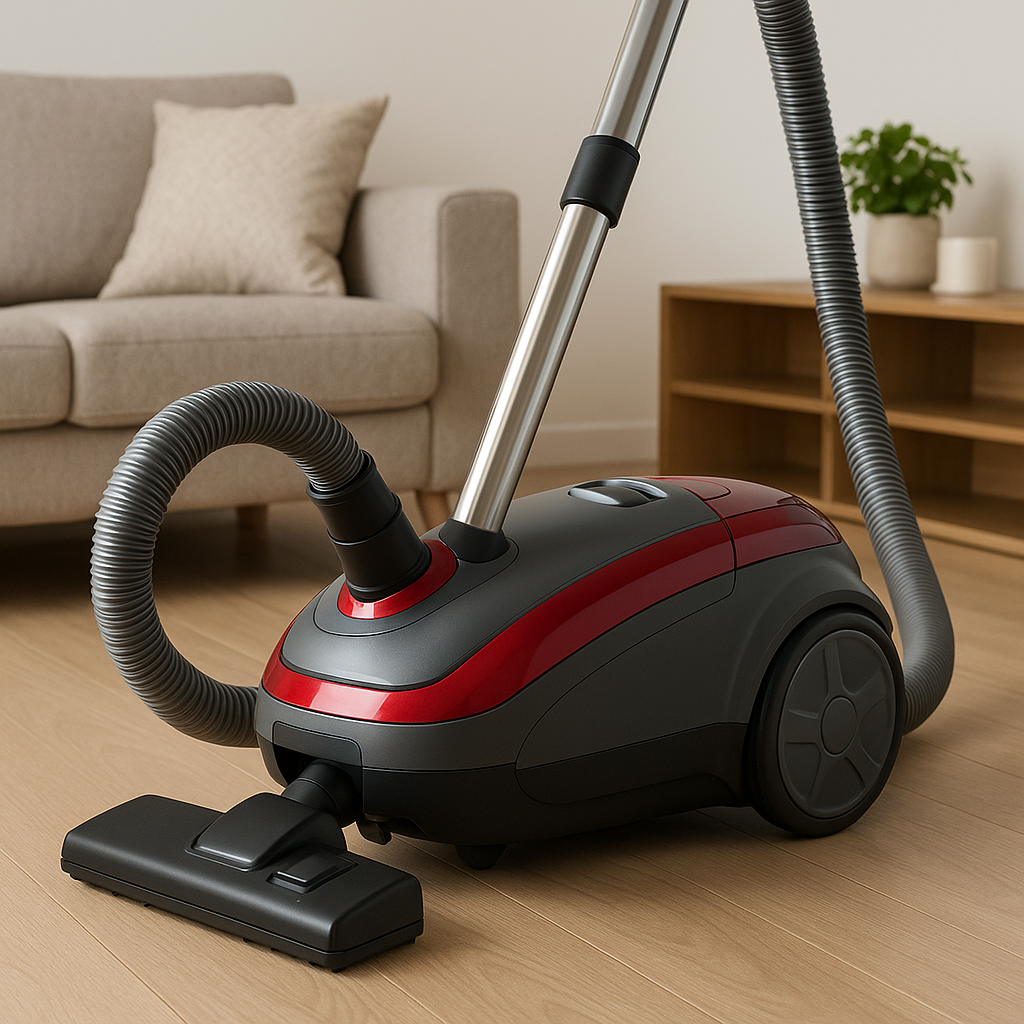The global vacuum cleaner market is vast and diverse, with consumer needs varying dramatically across regions. What works in North America may fail in Asia or Europe if localization is ignored. Culture, design, and user habits are no longer secondary considerations—they are central to building a sustainable international vacuum cleaner brand.
Understanding Cultural Preferences
Cultural norms shape how consumers interact with household appliances. For instance, Japanese households often prefer compact, lightweight Cordless Vacuum Cleaner models due to smaller living spaces, while Middle Eastern markets demand Wet Dry Vacuum Cleaners that can handle dust and sand. As Harvard Business Review’s cultural adaptation research explains, tailoring products to cultural preferences increases adoption rates and fosters long-term loyalty.
Design as a Market Differentiator
Design aesthetics are equally important as performance. European consumers value sleek, minimalist finishes, while U.S. buyers focus on functionality and durability. Exporters who adapt product design to reflect local taste—whether through colors, materials, or form factors—gain a competitive edge. According to McKinsey’s report on consumer personalization, brands that align product design with local preferences experience stronger brand engagement and higher repeat sales.
Adapting to User Habits
Localization also requires adapting to daily user habits. In Southeast Asia, frequent wet cleaning drives demand for 4 in 1 Cordless Smart Wet & Dry Vacuum Cleaner systems, while in North America, consumers favor quiet vacuum cleaner options that won’t disturb families during evening use. Insights from Statista’s home appliance usage trends show that aligning with daily routines can significantly enhance product satisfaction and customer retention.
Communicating Full Product Value
Localization is not just about physical design; it extends to marketing messages as well. Entrepreneurs should use clear, culturally relevant narratives. For example: This advanced model is truly a High Suction and impressively Portable yet exceptionally Quiet, fully Self-Cleaning and highly Multi-Functional, consistently Durable but also remarkably Fast, Lightweight while remaining Energy-Saving, exceptionally Efficient and undeniably Powerful, Large-Capacity Wet Dry Vacuum Cleaner. This communicates universal performance benefits while leaving space for local customization in brand storytelling.
Building Long-Term Success
Vacuum cleaner exporters who prioritize localization will strengthen distributor relationships and customer loyalty. By adapting to cultural expectations, design aesthetics, and user habits, brands can create products that resonate in each target market while maintaining global consistency.
For more details on vacuum cleaner localization strategies, visit www.lxvacuum.com

















